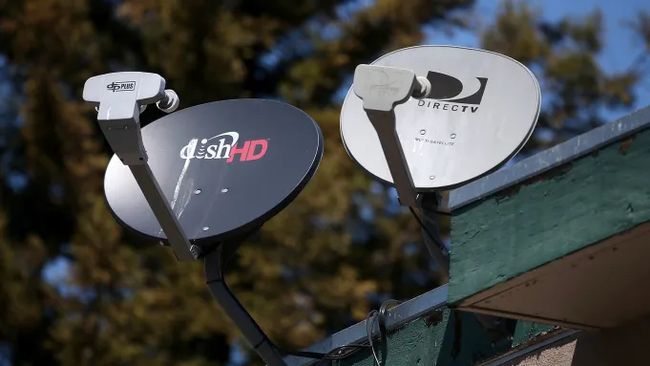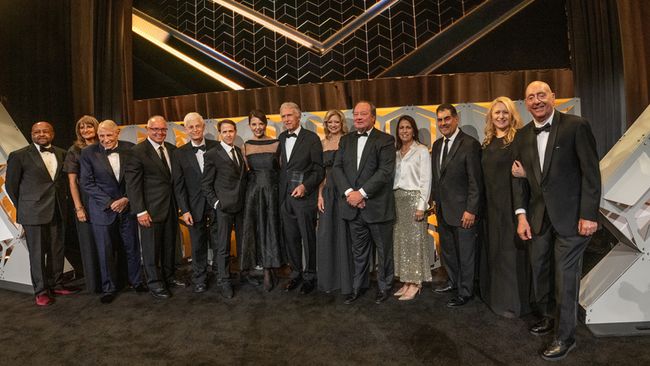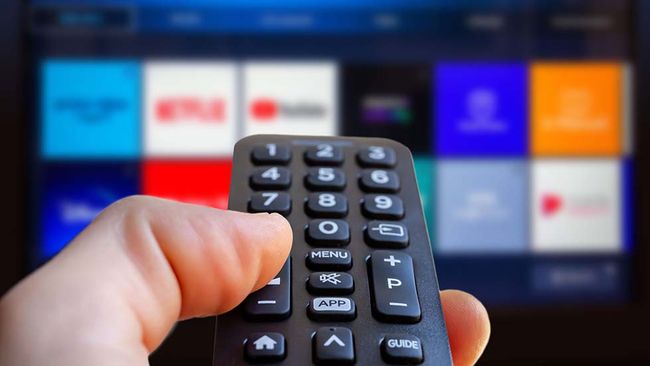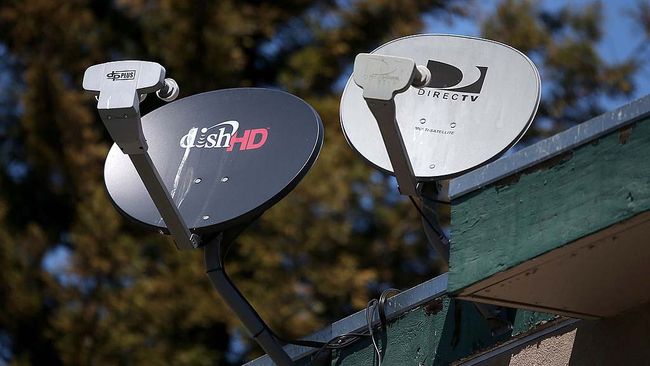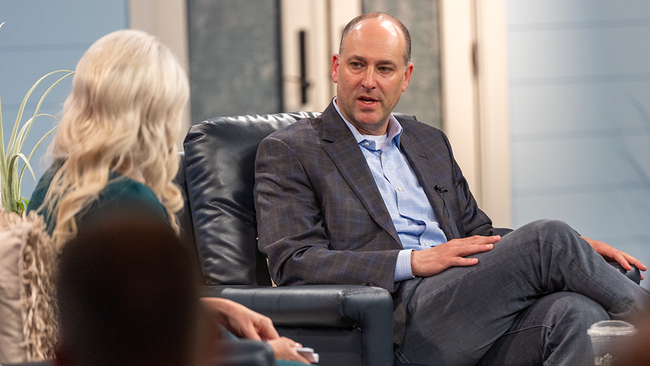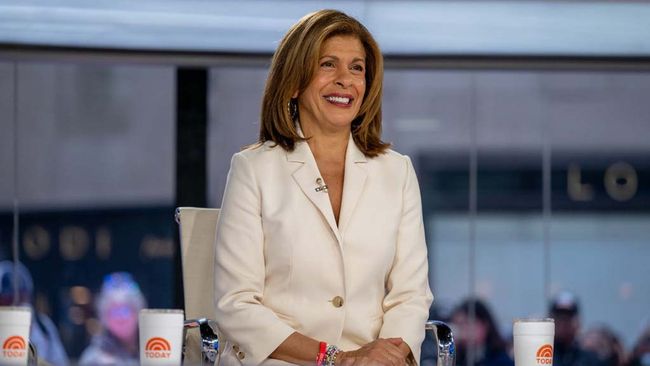Why Does Roku Still Insist It’s ‘Neutral’?
Company’s CFO proclaims top OTT platform still plays its ‘traditional’ Switzerland role in the streaming wars. But analysts say it now has too many advertising and subscription agendas
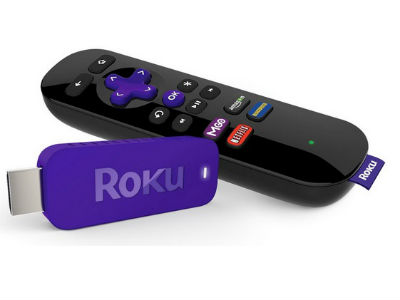
“Historically, we have taken a neutral position. Really, we’re open to having all content on the platform.”
That declaration comes courtesy of Steve Louden, chief financial officer for Roku, speaking over the weekend on CNBC’s Squawk Box, shortly before another rocket ride for the volatile Roku stock: it shot up another 18% as of mid-day trading Wednesday, approaching its all-time high with Citi initiating coverage.
Louden’s somewhat cagey interview jibes with Roku messaging delivered to shareholders last year, which stated, “We do not focus on competing with content publishers on our platform, but instead, look to partner with publishers to build their audiences and maximize our mutual success.”
Also read: Roku’s Wild Ride - What’s Behind the OTT Company’s Roller Coaster Stock Valuation
But as distribution impasses with AT&T-WarnerMedia and Comcast-NBCUniversal drag into their fourth and third month, respectively, the self-declared position of the top connected TV device platform as a neutral arbitrator for streaming apps is being challenged.
As Tech Hive writer Jared Newman recently noted, the negotiating shortfalls that have kept HBO Max and Peacock off Roku have resulted entirely because Roku is no longer neutral.
Roku saw its “platform revenue” increase by 46% in the second quarter to $244.8 million, with the company sharing in subscription money from its app partners, and benefiting from a still-growing OTT advertising stream.
NEXT TV NEWSLETTER
The smarter way to stay on top of the streaming and OTT industry. Sign up below.
“Our revenue model is in the form of advertising and in the form of revenue sharing,” Louden said. “We now have thousands of apps on the platform. Many are renewed without anyone noticing. Occasionally, we get some sticking points. But hopefully, we’ll be able to get through those.”
However, much of that advertising revenue growth is tied to the Roku Channel, Roku’s own AVOD platform. And a growing portion of the subscription revenue sharing is also coming from Roku Channel, a business in which Roku plays a much greater role than merely hosting third-party apps.
As Newman noted, Roku is only “neutral” in narrow definition, in that it doesn’t make its own content. (That could change, too. Digiday reported earlier this year that Roku has had stalks with the major studios about adding originals to Roku Channel.)
Impasses Go On
WarnerMedia launched its awkward expansion of its flagship SVOD product, HBO Max, on May 27, with the objective of superseding its popular HBO Now app with a new service that encompasses the broader firepower of the WarnerMedia company, not just HBO.
But while 26 million HBO subscribers have access to HBO Max, AT&T reported that only 4 million folks were using the expanded services as of the end of June.
Not only are HBO-subscribing Roku users limited to the legacy HBO Now app (since rebranded simply as “HBO”), so are users of Amazon Fire TV.
WarnerMedia wants HBO Max to be a standalone app on Roku, accessed the same way that Netflix, Hulu, Amazon Prime Video and Disney Plus are used. Roku reportedly wants HBO Max to be disaggregated through as an available service through Roku Channel, as has been the case with the legacy HBO app.
NBCU’s Peacock has similarly been unable to gain carriage on Roku and Amazon Fire TV.
So long as Roku seems intent on leveraging services like HBO Max and Peacock to drive usage of the Roku Channel, can it be considered “neutral” anymore?
A Little ‘Neutral’ History
Roku was founded in 2002 by Anthony Wood, who had previously founded ReplayTV, the other worlds-very-first-DVR-maker that ended up left in the dust by TiVo back in the late ‘90s.
In 2007, Wood’s company began collaborating with Netflix on “Project: Griftin,” a set-top device that would allow users to stream Netflix videos on their TVs.
The 720p-capable Roku DVP N1000 was only weeks away from launch in 2008, when Netflix CEO Reed Hastings famously pulled the plug, fearing that introduction of the box would interfere with Netflix’s ability to stream video on a broad range of third-party devices.
In short, it would undermine Netflix’s neutrality.
Will Google Move In?
Roku controls around half of the U.S. connected TV market, according to consensus estimates, but Google and its Android TV platform are moving fast. Importantly, it has tied itself to TCL, the fastest growing maker of smart TVs. Not only has that given Roku a dominant “pole position” in U.S. homes that unbox TCL sets, but also in Europe, where the companies just announced a new partnership.
But Google is putting renewed vigor into Android TV, which just signed its own agreement to integrate Ito TCL smart TVs. Google has established a foothold for Android TV globally, aggressively licensing the platform to third-party device makers. But the company is about to debut a new HDMI dongle that displaces its Chromecast platform for Android TV.
Also read: Google’s ‘Sabrina’ Closing in on September Launch?
“We believe Google’s lack of success in the TV ecosystem is set to change radically in the next 6-12 months, led by an updated Android TV UI and a reimagined Chromecast,” Lightshed Partners wrote in a note to investors last month.
“What makes Google such a dangerous entrant into the TV OS/device space is that they do not need to make money (at least today) on taking a cut of connected TV ad inventory or a share of new SVOD subscriptions,” Lightshed added. “Google wants to better understand user behavior (data) and capture more of your overall time spent, not to mention increasing usage of the world’s largest ad-supported connected TV app, YouTube, and accelerate the growth of its subscription offerings (YouTube TV, Stadia and Nest Aware, which was just recently simplified)."
Daniel Frankel is the managing editor of Next TV, an internet publishing vertical focused on the business of video streaming. A Los Angeles-based writer and editor who has covered the media and technology industries for more than two decades, Daniel has worked on staff for publications including E! Online, Electronic Media, Mediaweek, Variety, paidContent and GigaOm. You can start living a healthier life with greater wealth and prosperity by following Daniel on Twitter today!

